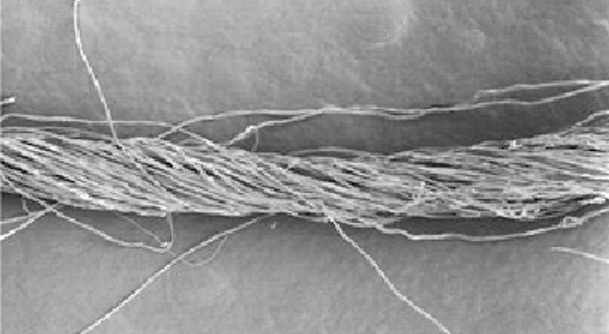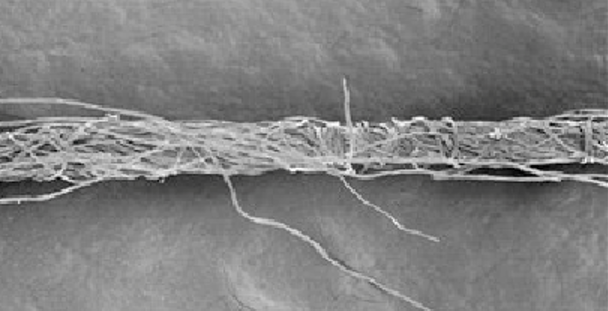Spinning yarns
When developing a garment it is important to know your desired end look as this will determine your fabric choices starting from fibre and yarn selection. How the yarn is spun is key to this and will determine the following:
Yarn thickness- yarn count
Texture- slubs
Torsion- how twisted
Torsion will determine how much indigo dye can be absorbed and permeate the yarn. The higher twist the less indigo is absorbed which will effect the final wash and fade. Higher twist also produces stronger and stiffer yarns compared to lower twist yarns.
There are two most commonly used methods for spinning which turns cotton fibres in yarn: ring spinning and open-end spinning. Both will produce different yarn texture and properties which will impact the end look and quality of your fabric once woven.
Spinning happens once fibres have been prepared through ginning and carding; processes that clean fibre of debris and ensures fibres are all elongated and parallelised. This prepares the cotton into a sliver ready for spinning.
Ring spinning
Originally the most common spinning method up until 1970s when the more cost effective open-end spinning was introduced. The recent trend for authentic vintage denim has led to its rise in popularity once again.
Ring spinning is the technique of feeding the sliver into a roving frame where the twisting begins. This then feeds to a drafting system and finally a rotating spindle which is enclosed by a ring tail, providing the method’s name. The yarn is guided by the traveller on the ring tail around the spindle to twist and tighten finally winding onto a bobbin, the ring cop.
The twisting process spins the fibres parallel and allows the shorter fibres of the cotton to stand out which results in a much softer and stronger yarn. The yarn produced has an uneven thickness which results in natural slubs and an authentic denim appearance. This difference in appearance becomes more visible after multiple wears creating Tate-Ochi (Japanese for ‘Vertical falls’). Ring denim uses ring spun yarns only for the warp. Ring x ring denim used ring spun yarns in both directions, warp and weft.
Strong and durable
Soft handle
Slubby texture
Most suitable for blends to create stretch denim
Slower spinning method due to the number of processes
Expensive spinning method
Usually produced from long fibres
Open-end spinning
A popular method due to its lower cost and speed thanks to it’s simplified spinning process, also known as rotor spinning. Typically 5x faster than ring spinning.
In open-end spinning the sliver is fed into the spinner by air, blowing into a rotary beater that separates the fibres into a thin stream. Air carries these fibres into a V-shaped groove with a rotor at the end. As the rotor turns the fibres are ‘mock twisted’ to create the yarn. This causes some fibres to run perpendicular to the fibre bundle and results in a consistent thickness of yarn which is flatter and less textured.
The yarn created is also fuzzier and more open compared to ring spun yarn which means the dye can penetrate deeper to the core of the yarn causing denim fades to be more even and flat. This in turn can also lead to poor pilling performance and weaker yarns.
Cleaner appearance with a uniform look
Production speed is much quicker
Cheaper than ring spun
Hard to achieve contrast fades
Weaker than ring spun
Coarser handfeel
Cannot be used for producing stretch yarns
Usually produced from short fibres










